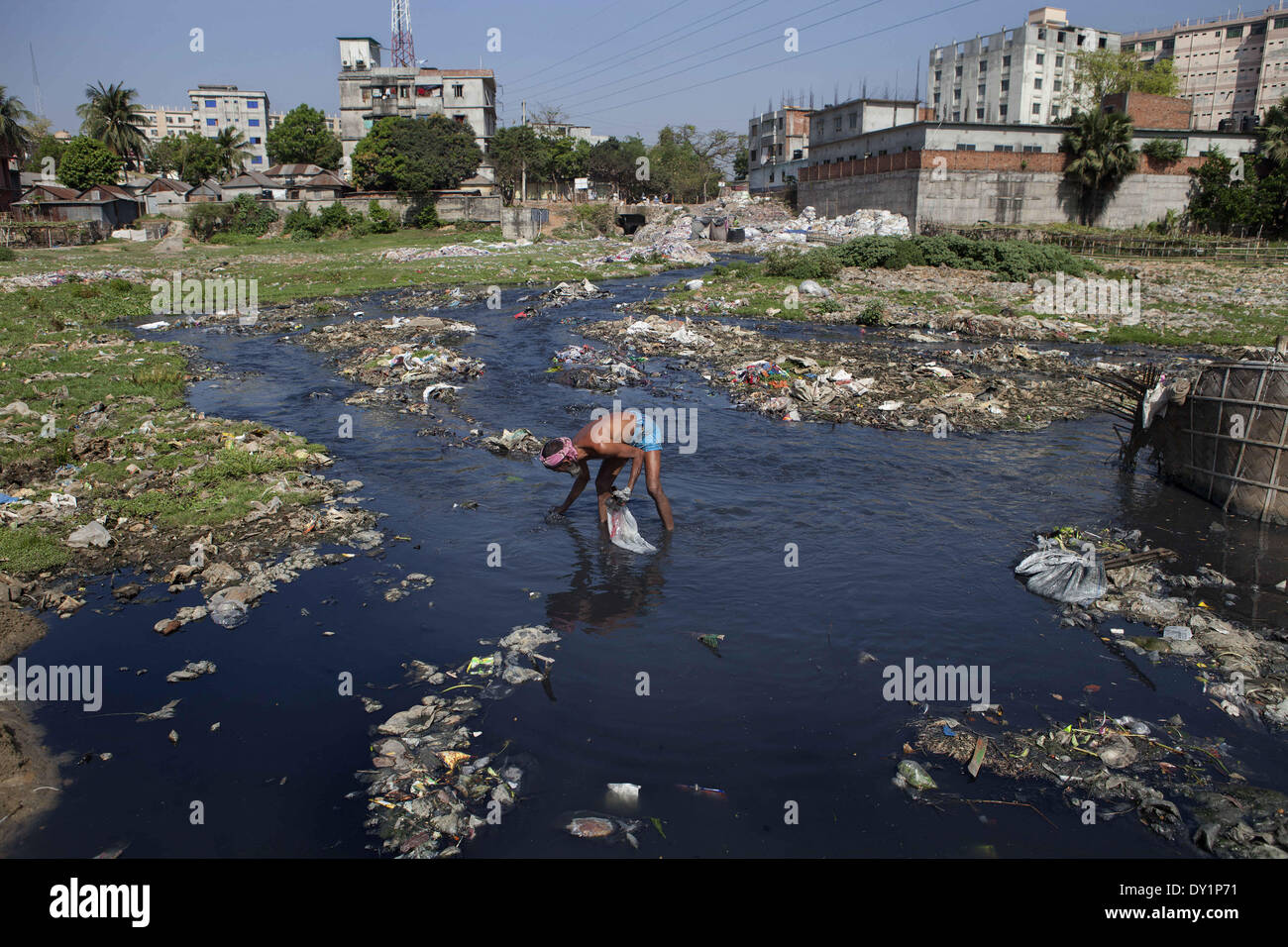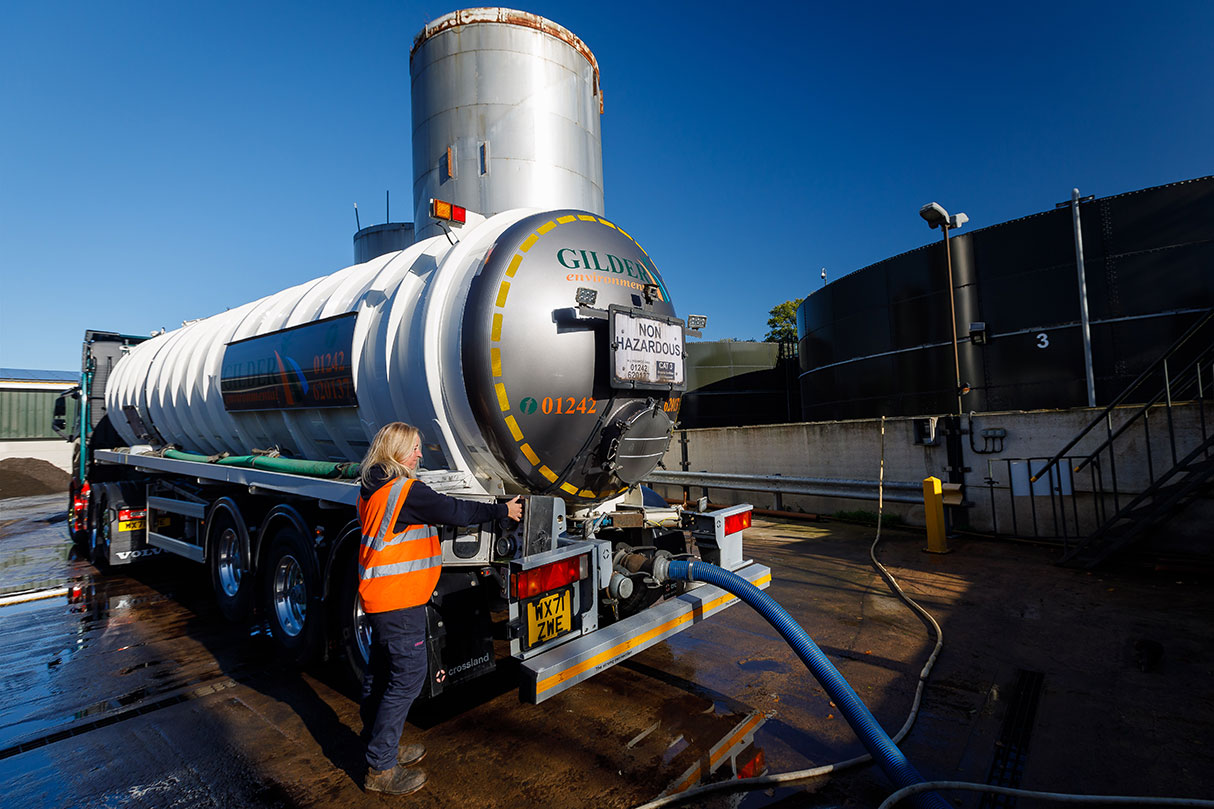Industrial Wastewater Treatment: Custom Solutions for Complex Wastewater Challenges
Industrial Wastewater Treatment: Custom Solutions for Complex Wastewater Challenges
Blog Article
Exactly How Fluid Waste Disposal Functions: A Detailed Introduction of Strategies and Technologies Employed

Introduction of Fluid Waste Kind
The complexity of fluid waste kinds necessitates a complete understanding of their characteristics and effects for disposal. Fluid waste can generally be categorized into a number of types, consisting of commercial, municipal, agricultural, and dangerous waste. Each group displays unique residential or commercial properties, calling for certain monitoring methods to minimize ecological and health dangers.
Industrial fluid waste originates from manufacturing processes and commonly has a series of contaminants, such as heavy steels, solvents, and organic substances. Local fluid waste, mainly consisting of wastewater from homes and business facilities, contains organic issue, nutrients, and microorganisms (industrial wastewater treatment). Agricultural fluid waste, including overflow from farms, might contain fertilizers, pesticides, and animal waste, posing risks to water high quality and communities
Harmful fluid waste is defined by its toxicity, reactivity, or possible to trigger damage. Comprehending these diverse fluid waste types is vital for establishing efficient disposal techniques and guaranteeing compliance with environmental policies.
Physical Treatment Techniques

Testing is the first step, where bigger bits and debris are removed from the liquid waste utilizing screens or grates. In sedimentation containers, heavier fragments clear up at the bottom, developing a sludge layer, while the made clear fluid can be more dealt with.
Purification is one more vital technique that involves passing the fluid via porous materials, such as sand or membranes, to capture smaller sized particles. This step boosts the top quality of the liquid, making it ideal for succeeding treatment processes.

Chemical Therapy Techniques
Chemical treatment techniques are vital for effectively managing liquid waste, particularly in resolving dissolved and colloidal pollutants that physical approaches might not appropriately remove. These techniques make use of various chemical representatives to counteract, precipitate, or transform unsafe substances into less hazardous kinds.
One usual approach is coagulation and flocculation, where chemicals such as alum or ferric chloride are contributed to promote the gathering of put on hold fragments. This procedure improves sedimentation, enabling simpler elimination of the resulting sludge. In addition, oxidation processes, utilizing agents like chlorine or ozone, are their explanation employed to break down complicated organic substances and pathogens, making the waste much safer for discharge or more therapy.
Neutralization is another essential method, which changes the pH of acidic or alkaline waste streams to neutral degrees, protecting against potential harm to downstream systems and the setting. In addition, advanced oxidation procedures (AOPs) utilize mixes of oxidants and ultraviolet light to deteriorate consistent toxins, attaining a greater degree of therapy effectiveness.
Biological Therapy Procedures
Organic treatment processes play a vital duty in the monitoring of fluid waste by making use of microbes to decompose raw material and reduce contaminant degrees. These procedures can be generally classified into anaerobic and cardiovascular treatments, each employing specific microbial areas to accomplish reliable waste deterioration.
Cardiovascular treatment like it involves making use of oxygen to promote the break down of organic products by microorganisms. This procedure is typically executed in turned on sludge systems, where aeration tanks give a helpful atmosphere for microbial growth, leading to the oxidation of organic pollutants. The resultant biomass can be divided from dealt with effluent through sedimentation.
On the other hand, anaerobic therapy occurs in the absence of oxygen, relying upon various germs to damage down raw material. This technique is especially beneficial for high-strength waste, as it creates biogas, a sustainable energy resource, while lowering sludge manufacturing. Technologies such as anaerobic digesters are frequently used in local and industrial applications.
Both cardio and anaerobic organic therapies not only decrease the environmental influence of liquid waste however also promote resource recuperation, making them vital components of lasting waste management methods. Their effectiveness, performance, and flexibility support their prevalent implementation across different fields.
Emerging Technologies in Disposal
Innovative techniques to fluid waste disposal are quickly progressing, driven by innovations in technology and an increasing focus on sustainability. Amongst these arising technologies, membrane bioreactors (MBRs) have gotten traction for their capability to combine organic treatment with membrane filtration, leading to top notch effluent that can be recycled in numerous applications. MBRs enable smaller footprints and more reliable operations compared to traditional systems.
Another promising development is the use of anaerobic food digestion incorporated with nutrient recuperation modern technologies, which not just deals with fluid waste yet also generates biogas and recoups important nutrients like nitrogen and phosphorus. This twin advantage boosts source effectiveness and minimizes environmental effect.
Additionally, advanced oxidation processes (AOPs) are being adopted for the destruction of intricate natural contaminants. These techniques use powerful oxidants and catalysts to damage down pollutants at the molecular level, offering a highly effective remedy for tough waste streams.
Additionally, the combination of expert system and artificial intelligence in waste administration systems is enhancing operational performance and predictive upkeep, leading to lowered expenses and improved ecological compliance. These technologies show a substantial shift in the direction of even more efficient and lasting fluid garbage disposal methods.
Final Thought
In verdict, effective fluid waste disposal necessitates a comprehensive understanding of different techniques and technologies. By continually advancing these methods, it ends up being possible to deal with the expanding obstacles associated with liquid waste, ultimately adding to environmental protection and source recovery.
Fluid waste disposal is an important element of environmental administration, needing an extensive understanding of various methods and innovations customized to different waste types. Fluid waste can generally be categorized into a number of types, consisting of commercial, metropolitan, agricultural, and unsafe waste. Agricultural liquid waste, including overflow from ranches, may contain fertilizers, pesticides, Related Site and pet waste, posturing dangers to water quality and ecosystems.
Various physical therapy approaches play a critical duty in handling fluid waste efficiently - industrial wastewater treatment.In conclusion, effective fluid waste disposal necessitates a comprehensive understanding of numerous strategies and modern technologies
Report this page